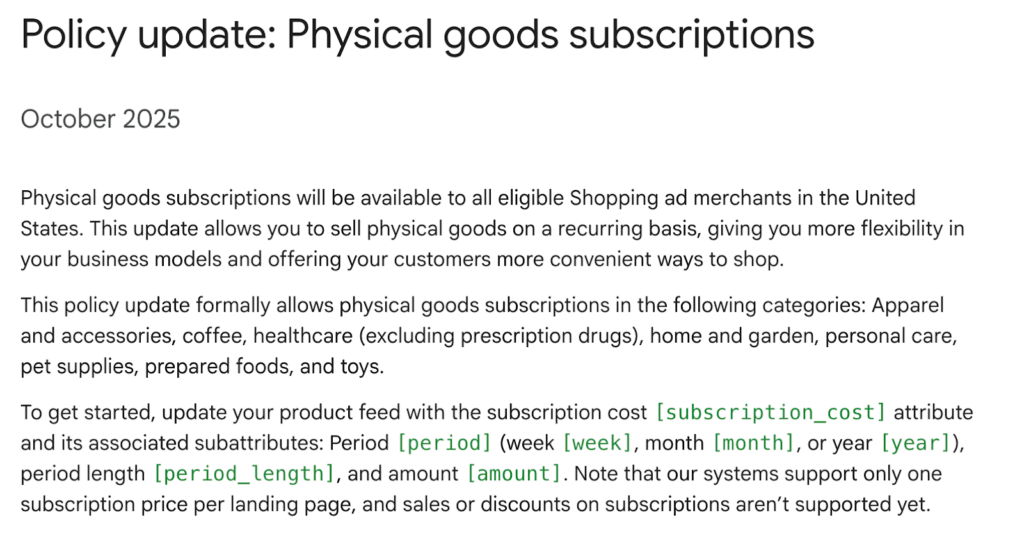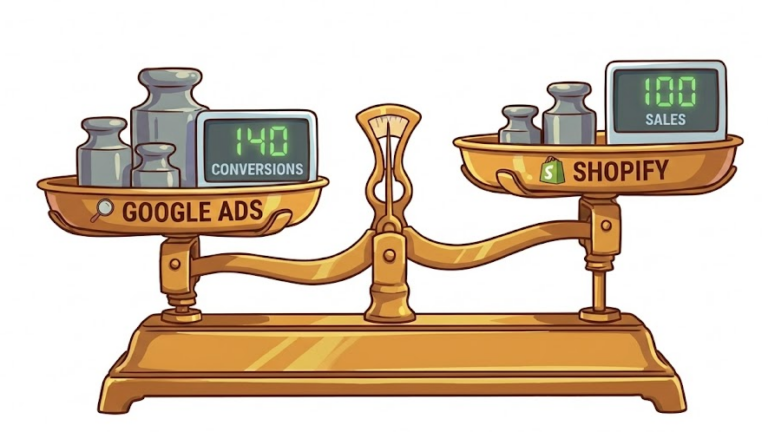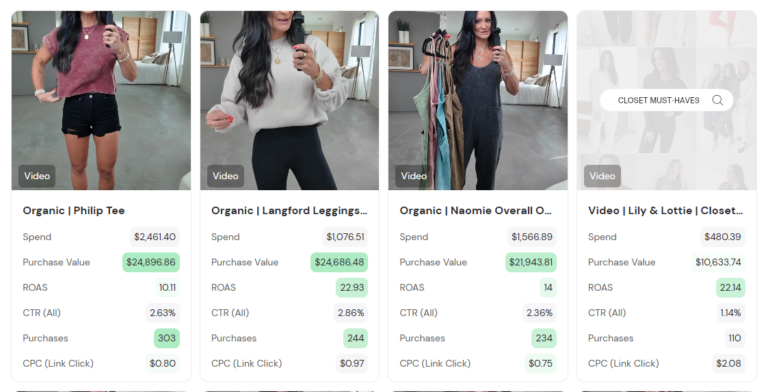Google just made a major move that’s going to change how a lot of brands think about Shopping ads. Subscriptions are now officially allowed in Google Shopping, for physical goods, not just digital services. If your business runs on monthly replenishment, bundled subscriptions, or anything close to a Subscribe & Save model, this opens up a whole new path to customer acquisition.

This isn’t just about getting a click. It’s about building long-term value through the very first interaction, right from a Shopping ad.
What’s Happening
Google’s latest update now allows U.S. merchants to run Shopping ads that lead to physical product subscriptions. It’s one of the most important structural changes to the format in recent years.
- New Product Feed Attribute: Brands must use the subscription_cost attribute in their product feed. This includes the billing period, period length, and the recurring amount.
- Targeted Categories Only: Categories like apparel, coffee, personal care, pet supplies, healthcare, and home goods are eligible.
- Landing Page Rules Apply: Only one subscription option is allowed per landing page, meaning no complex pricing tiers for now.
- No Subscription Discounts (Yet): While it may change later, Google doesn’t currently allow promotional pricing or discounts to be reflected in Shopping ads for subscriptions.
This change isn’t just a convenience for sellers, it’s part of Google’s broader play to compete with Amazon. And if you’re not building Shopping campaigns with this in mind, you’re giving your competitors a serious head start.
Why It Matters
If your brand sells something that gets reordered, you’re now able to acquire subscribers directly from the first touchpoint. That’s a huge shift, from one-and-done purchases to long-term value built into your acquisition funnel.
It’s more than a tactical change. This opens up a strategic opportunity to rethink your entire Google Shopping approach, especially for clients looking to build LTV or reduce repeat-purchase churn.
- Unlock Subscription Funnels in Shopping: You no longer have to route users through an indirect flow to offer a subscription. It can be surfaced in the ad experience itself.
- Boost LTV at the Ad Level: Instead of optimizing for a $30 order, you’re acquiring customers worth $200+ over time.
- Differentiate Through Experience: If your competitors are still treating Shopping like a one-shot sales tool, you have an edge by offering more convenience and long-term savings upfront.
- Creative and Messaging Shift Required: Ads must now communicate ongoing value, not just a one-time discount.
- Increased Campaign Complexity: Feed setup, conversion tracking, landing pages, and creative strategy all need to be aligned with this new model.
You can’t ignore this. Google’s signaling a major shift, and if you’re not adapting, you’re already behind.
If You Rely on Subscription Revenue, This Is Non-Negotiable
If your business model leans heavily on subscription revenue to grow LTV and maintain predictable cash flow, this isn’t optional. It’s now a baseline requirement for staying competitive inside the Shopping space.
Google opening this feature to everyone means it’s about to become table stakes. Now that Google is offering a first purchase discount feature for Shopping Ads, this means you’ll now be albe to show both a first purchase discount and a subscription price. And if you’re not offering a subscription model, or worse, not surfacing it in Shopping, you’re handing clicks (and customers) to brands who are.
- Subscription Offers Lower the Price Tag: Many brands run a 10–15% discount on first subscription orders. That lower price point in Shopping listings makes them instantly more attractive.
- This Drives Higher Click-Through Rates: We’re about to see subscription products start dominating Shopping results purely because the displayed price is lower.
- You’ll Lose Share Without It: If your one-time price sits next to a competitor’s discounted subscription price, you’re likely to lose the click, regardless of product quality.
- LTV Will Widen the Gap: Even if that first purchase has a tighter margin, the repeat revenue from subscriptions will let competitors outspend you and scale faster.
- Consumers Now Expect the Option: Google is teaching shoppers to look for ongoing value. If you don’t provide it, you’ll fall behind both in CTR and in brand perception.
This is about more than adding a feed attribute, it’s about aligning your Shopping strategy with where Google and consumer behavior are going. Subscriptions aren’t a differentiator anymore, they’re the new default. If you’re not leaning into this, you’re not competing.
What You Should Do Next
This isn’t a “wait and see” feature. If you’re in one of the eligible categories and not testing subscriptions in Shopping yet, now’s the time.
Here’s exactly what you should do next to capitalize on this change:
- Update Your Product Feed: Add the subscription_cost attribute for eligible SKUs. Include period type (e.g., monthly), period length, and recurring cost.
- Create Separate Campaigns for Subscription Products: Keep performance clean and messaging consistent by separating one-time and subscription SKUs in your campaigns.
- Rebuild Landing Pages: Your product pages must clearly communicate subscription terms. If the offer is confusing, conversion rates will tank.
- Rethink Your Creative: Messaging needs to focus on ease, convenience, savings, and peace of mind. “Never run out again” works a lot better than “Buy now.”
- Shift KPIs Away from Immediate ROAS: Start evaluating CAC vs. LTV. The first purchase is just the entry point.
- Test and Iterate Quickly: Pick 1–3 products with proven repeat purchase value and launch a pilot. Monitor metrics like subscriber retention, churn, and average order value.
- Stay Alert to Policy Tweaks: Discounting for subscriptions isn’t supported yet, but that could change quickly. Be ready.
Don’t treat this as a one-time optimization. This is the beginning of a longer-term shift in how Shopping ads are structured, and your team needs to build around it, not bolt it on later.
Want help setting this up the right way? Whether you’re building a new subscription strategy from scratch or adapting an existing one for Google Shopping, we’ve got you. Reach out to our team and we’ll walk you through a step-by-step plan to maximize value, minimize friction, and build long-term growth through the Shopping placements that matter most.






no replies